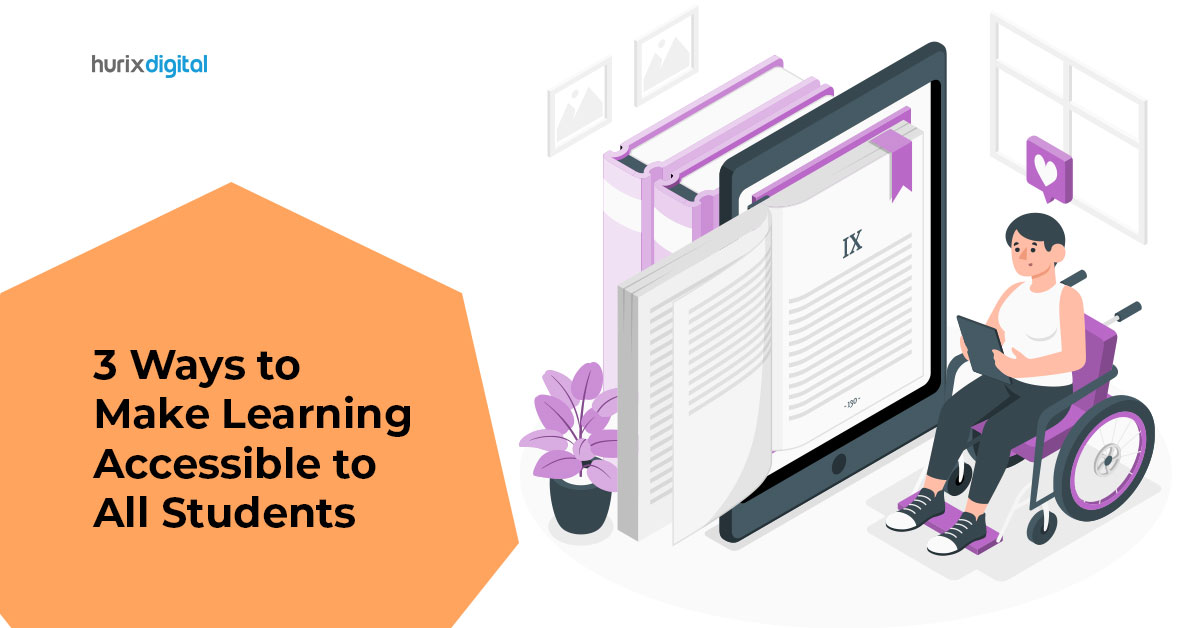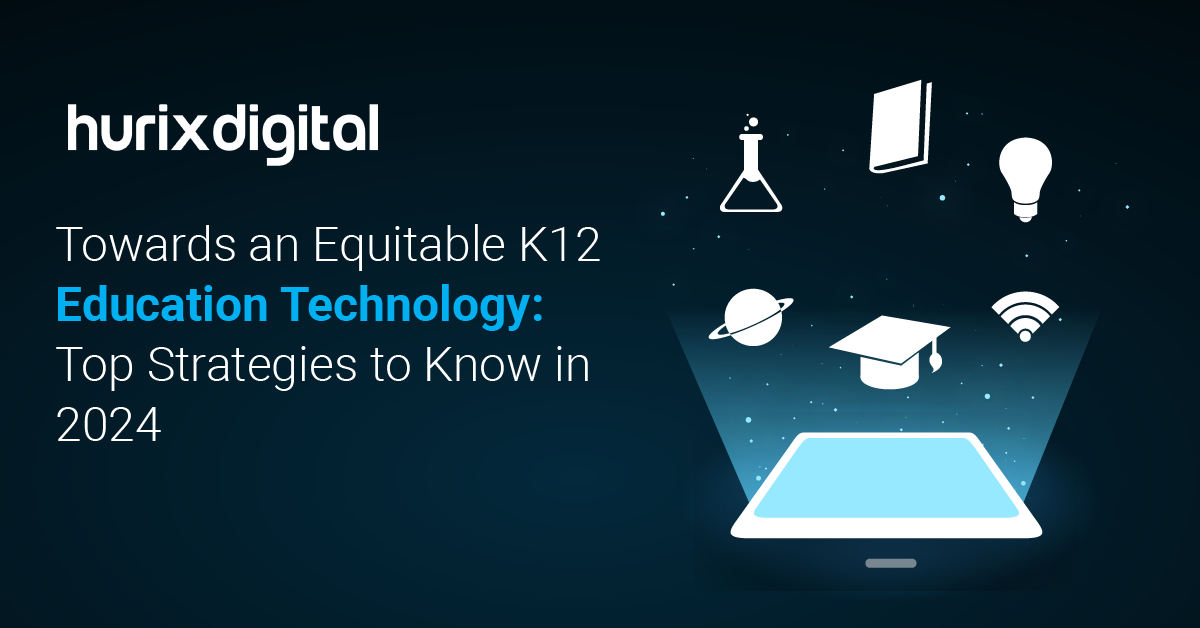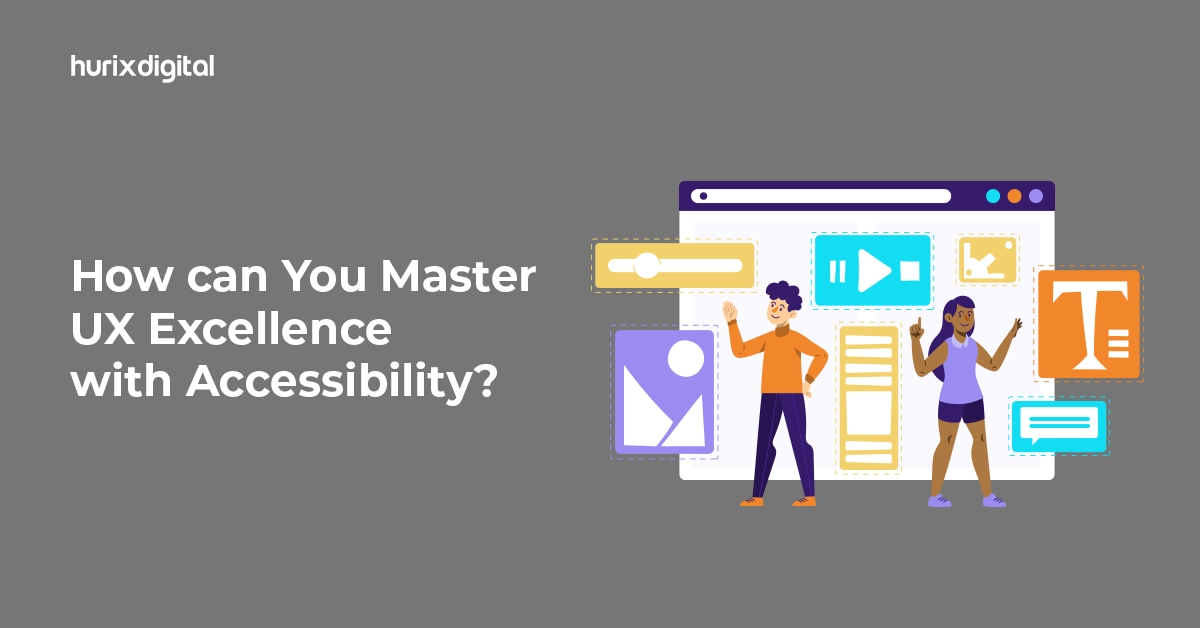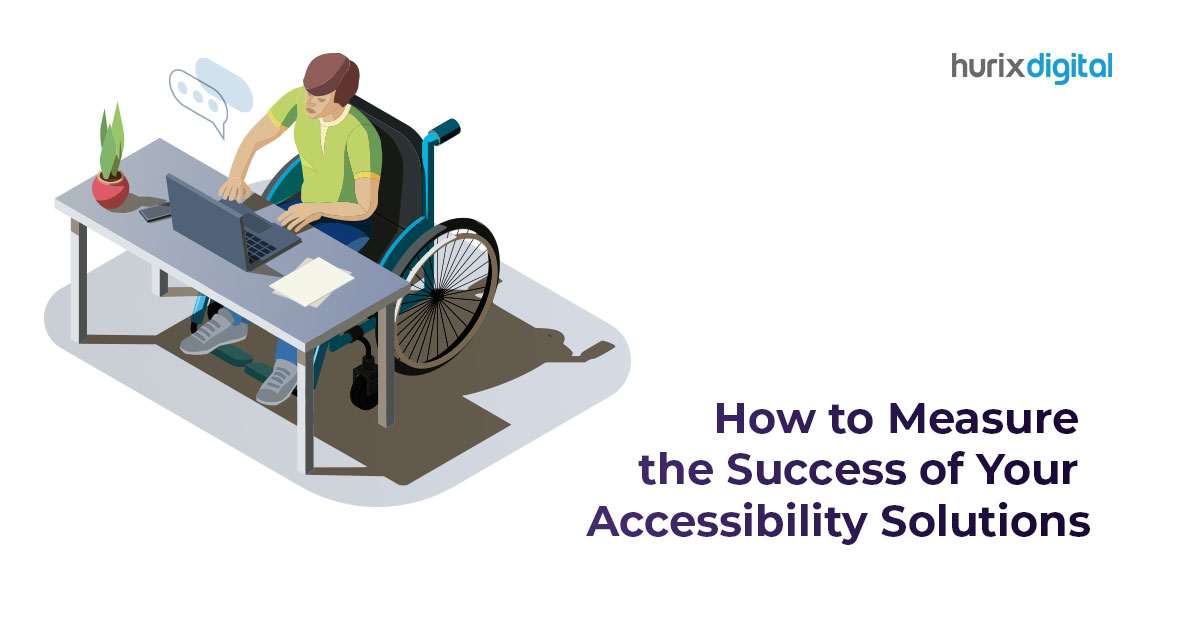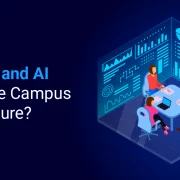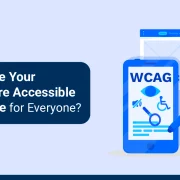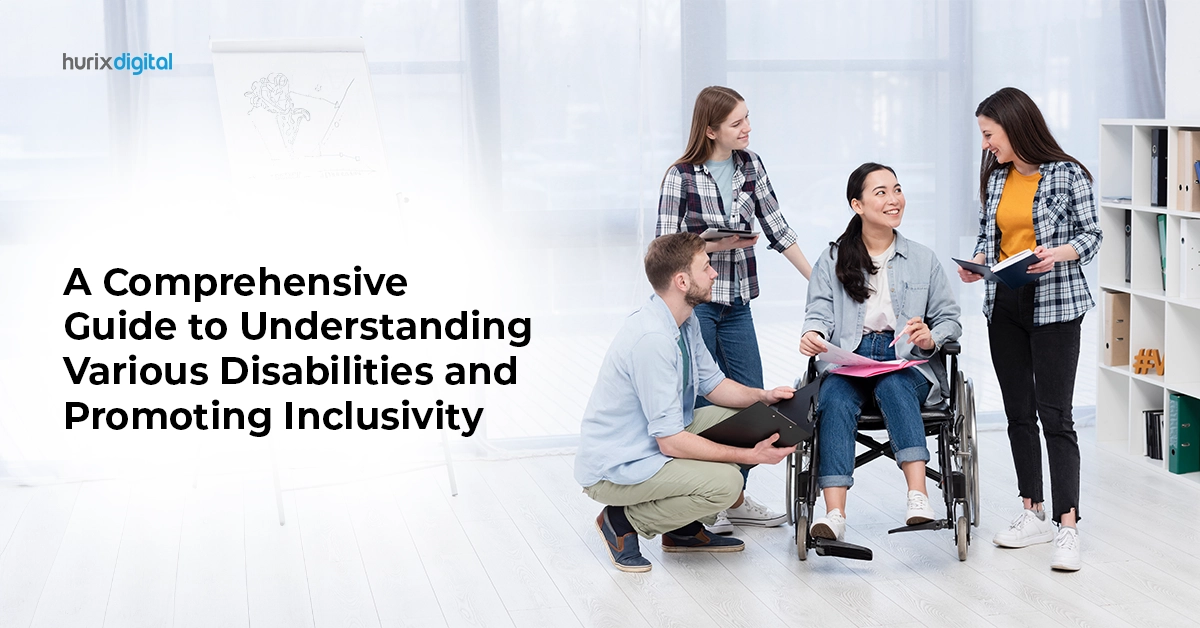
A Comprehensive Guide to Understanding Various Disabilities and Promoting Inclusivity
Summary
This comprehensive guide explores the essence of accessibility, removing barriers for individuals with disabilities. Covering diverse challenges and solutions, it emphasizes the importance of tailored approaches. Understanding disabilities is crucial for creating an inclusive world, ensuring no one is left out.
Table of Contents:
- Why Understanding Disabilities Is Important?
- Different Challenges, Different Solutions
- What Is Disability?
- What are the Various Types of Disabilities?
- What is an Impairment?
- What is the Difference Between Disability and Impairment?
- Conclusion
Welcome to our blog, where we’re going to learn all about disabilities and how we can make the world a friendlier place for everyone. You might be wondering, what are disabilities? Well, it’s when some people’s bodies or minds work a little differently than others. But guess what? We can make sure they have the same chances to do things, and that’s called inclusivity.
So, get ready to discover how we can make our world a better and more inclusive place for everyone, no matter who they are or how they’re different. Let’s dive in and learn together!
Also Read: The Australia Disability Discrimination Act: Redefining How We View Disability
Why Understanding Disabilities Is Important?
Understanding disabilities is essential before working on accessibility because Tailored Solutions: Different disabilities require different accessibility solutions.
Imagine if you had a big jigsaw puzzle, and each piece was unique. Well, that’s a bit like understanding disabilities. Let’s dive into why it really matters:
Different Challenges, Different Solutions:
Just like you wouldn’t use a hammer to fix a computer, different disabilities need different solutions. For instance, someone who can’t see well might need special tools to read or hear things.
- No One Left Out: Picture this – you’re all set for a super fun party, but you can’t get in because the door is too tiny. That’s how it feels for some people with disabilities if we don’t get what they need. Learning about disabilities helps us make sure nobody gets left out.
- Making Life Easier for Everyone: When we understand what people with disabilities require, we can make life smoother for everyone. Think of it like adding ramps to a building. It’s great for folks in wheelchairs, but it also helps parents with strollers and anyone lugging heavy bags.
- Spotting New Ideas: Sometimes, we don’t even realize where the problems are hiding. Understanding disabilities helps us see those gaps and come up with cool new ideas to make life better for everyone.
- Teamwork Matters: Imagine playing a team sport without passing the ball – it wouldn’t work well, right? Involving people with disabilities in creating things is like passing the ball. They bring in their unique insights, and together, we create better solutions for everyone.
Understanding disabilities isn’t just about being kind and thoughtful – it’s about making the world fairer so that everyone gets the same shot at things. Now, let’s dig into the different types of disabilities.
What Is Disability, Anyway?
Think of a disability as something that makes some things a bit tougher for some people. It’s often because of how their body or mind works, and it can stick around for a while. Some folks are born with disabilities, while others get them later on. Disability refers to any physical, sensory, cognitive, or mental impairment significantly affecting a person’s daily activities.
Disabilities may be visible or invisible, present from birth, or acquired later due to illness, injury, or other factors.
Various Types of Disabilities:
- Vision impairments: Sight problems (e.g., blindness, color blindness low vision).
- Physical Disabilities: These affect mobility or physical function.
- Hearing impairments: Hearing difficulties (e.g., deafness, hearing loss).
- Speech impairments: Communication challenges (e.g., stuttering, apraxia).
- Cognitive Disabilities: These impair cognitive functions like memory, problem-solving, and attention. Examples include autism, dyslexia, and intellectual disabilities.
- Learning Disabilities: Specific cognitive disabilities affecting information processing and skill acquisition include difficulty in understanding, math calculation, writing, etc.
- Physical Disabilities: These are all about how our bodies move and function. People who might find moving around tricky, perhaps due to a spinal cord injury. Others deal with issues related to nerves and muscles, like multiple sclerosis.
It’s very important to remember that disability isn’t just about what a medical report says. It’s also about the world around us, like buildings that aren’t easy to get into or people treating others unfairly. Disability rights advocates work hard to break down those barriers and make sure everyone has the same chances in life.
It’s very essential to recognize that disability isn’t solely determined by medical diagnosis. Social and environmental barriers can also stop the disabled person from full participation in society. These barriers may be physical, like inaccessible buildings, or attitudinal, involving stigma and discrimination. Advocates for disability rights work to break down these barriers and promote inclusion and equal opportunities.
What’s an Impairment, Then?
Impairment is when something isn’t quite right with how our body or mind works. It could be a short-term hiccup or something that sticks around. Impairments can happen because of how we’re born, an illness, an injury, or just getting older.
So, What’s the Difference Between Disability and Impairment?
Disability and impairment are related but distinct concepts. Impairment is when something isn’t quite right with our body or mind, which can make life a bit tougher. Disability is when those impairments meet up with things in the world that don’t work for us. It’s like having a bike but no roads to ride it on – that’s when it becomes a disability.
Here’s a simple example: Imagine someone who can’t see well trying to read a regular book. That’s an impairment. But if they have a book in a format they can read, like a special large print one, then they’re good to go – no disability there.
Remember, disability is a bit like a puzzle, and each piece is unique. It’s not just about what’s happening in our bodies or minds but also about the world around us, like whether buildings have ramps or if people are being fair and kind to each other. Disability rights champions are like superheroes, working to make sure everyone gets a fair shot in life.
Conclusion
Disability inclusion and disability awareness are crucial components of creating a more inclusive society. Addressing disability discrimination starts with embracing accessible design principles in all aspects of life, from physical spaces to digital interfaces. Inclusive communication practices play a vital role in ensuring that individuals with disabilities are heard and understood. Beyond awareness, it’s essential to actively promote disability employment and advocate for the rights and opportunities of individuals with disabilities. Embracing these key concepts fosters a more equitable and accessible world for everyone.
Get in touch with Hurix Digital, as an organization we promote accessibility and inclusivity in all our digital products and help businesses all around the world be accessible to all!

Vice President – Digital Content Transformation. He is PMP, CSM, and CPACC certified and has 20+ years of experience in Project Management, Delivery Management, and managing the Offshore Development Centre (ODC).

